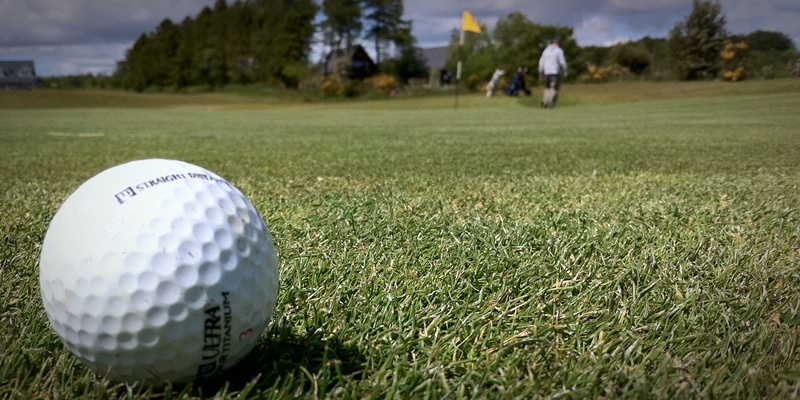Innovative deals, the near-disappearance of joining fees and a realisation that the game needs to market itself has meant that golf club membership in Scotland appears to be bucking the recession and holding steady.
With only 27 of Scotland’s 580 golf clubs still to return subscription figures for 2010-11 to the Scottish Golf Union, there has been an overall fall of just 1.64% around 2750 of Scotland’s 167,863 adult male golf club members. This is a slight improvement on 2009-10, when the drop was 1.9%.
The figures for the last two years are far below what the SGU and other golfing bodies had expected in a time of financial hardship, and SGU golfing development manager Andy Salmon is optimistic that the worst effects of the recession have passed.
“The last two years may not yet be the trough, but they have given us cautious reason to be optimistic about the future,” he said. “The numbers of clubs who are actually increasing their memberships in the current economic climate is very encouraging and it shows that those clubs who are innovative and have a focus on their customers can benefit.”
The SGU’s figures have 42% of clubs increasing their membership, with a quarter doing so by 10 members or more. Just over half of Scotland’s clubs have seen their membership drop, with a third by 10 or more.
In Angus membership actually rose by 1.14%, while in Fife it dropped 1% and in Perth and Kinross it fell by 1.48%.
The recession and competition from other leisure interests has forced golf clubs to innovate with their membership structures and in marketing themselves, said Mr Salmon.
“Traditionally, clubs did not have to bother with marketing the people simply came to them. But now they understand they have to promote themselves in what is a competitive marketplace. Many clubs are also introducing a tiered approach to subscriptions which should be a major factor in holding on to members.”
He added, “Traditionally, juniors had to pay a full adult sub immediately they reached 18 and many simply walked away, but there’s a growing understanding of the need to keep them as club members.
“Some clubs now hold off full subscriptions until 30 or even 40 in recognition that younger people have financial challenges like mortgages and families to deal with.
“In addition, these younger people can become involved in club committees and organisation and bring a different perspective to what was traditionally dominated by older club members.”DemandOther clubs with rising memberships are the traditional high-demand establishments who can still demand joining fees on top of subscriptions, but at most clubs the upfront payment from new members and the waiting list have vanished.
As a result, there is some evidence that club members are shopping around for value for money and that the market is a lot more fluid than in the past.
Mr Salmon said, “We have a lot of anecdotal evidence that this is happening but no figures are available to us to confirm that or how prevalent it is.
“Once the new centralised handicap system is up and running it will be possible to track trends of this sort but it could be a product of joining fees become rarer.”
He added, “Clubs used to be compelled to ask for these fees but nowadays only those clubs for whom demand exceeds their capacity can demand them. It has had an effect on clubs as they used to use the revenue from these fees for capital projects and they’re now having to finance them from elsewhere.”
Junior club membership figures are not known accurately, but the union has received more encouraging figures on the numbers from the clubgolf programme to introduce youngsters to golf converting into junior club membership.
Of the 184 clubs involved in clubgolf who returned figures, nearly 3000 new members came as a result of the programme 22% of whom were female.
